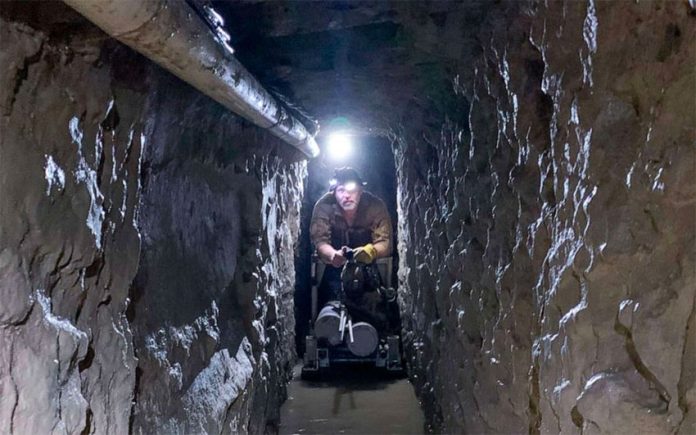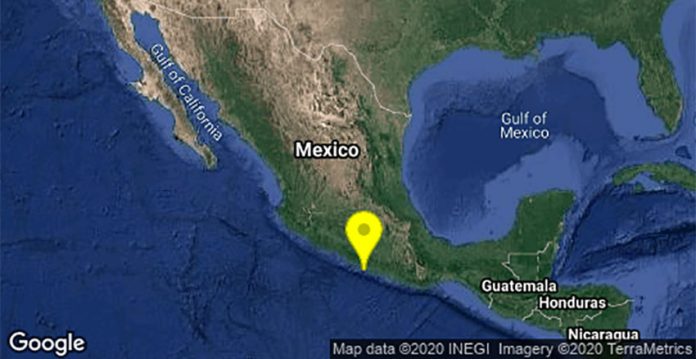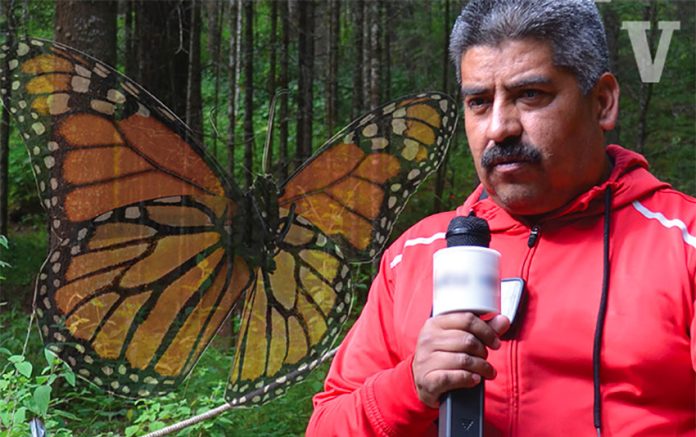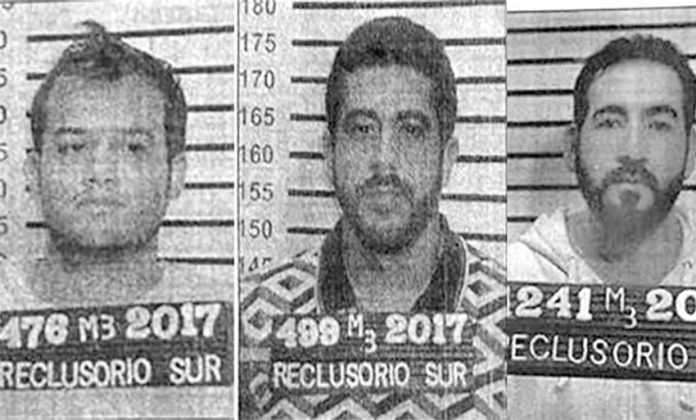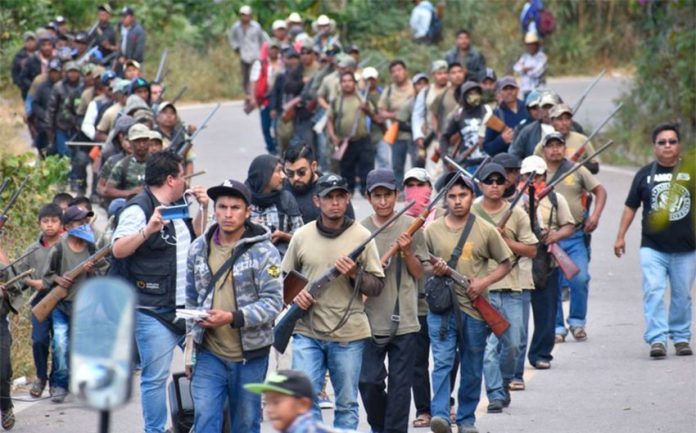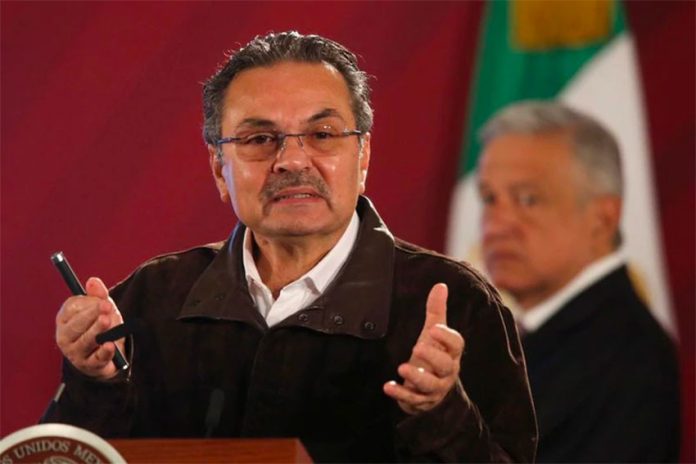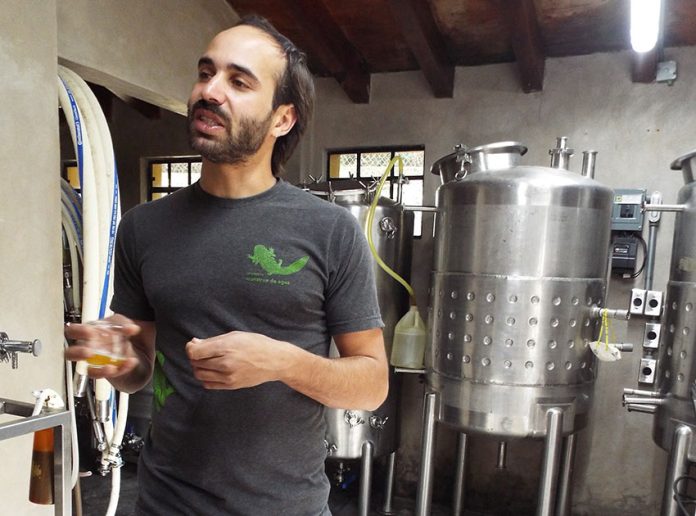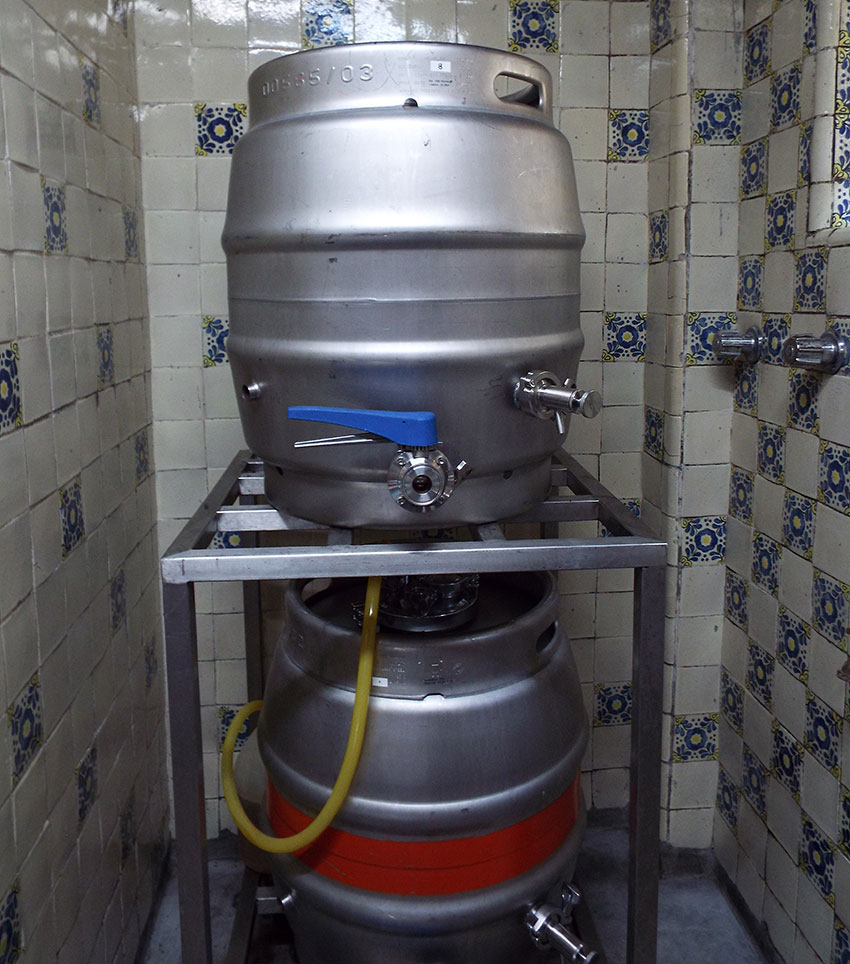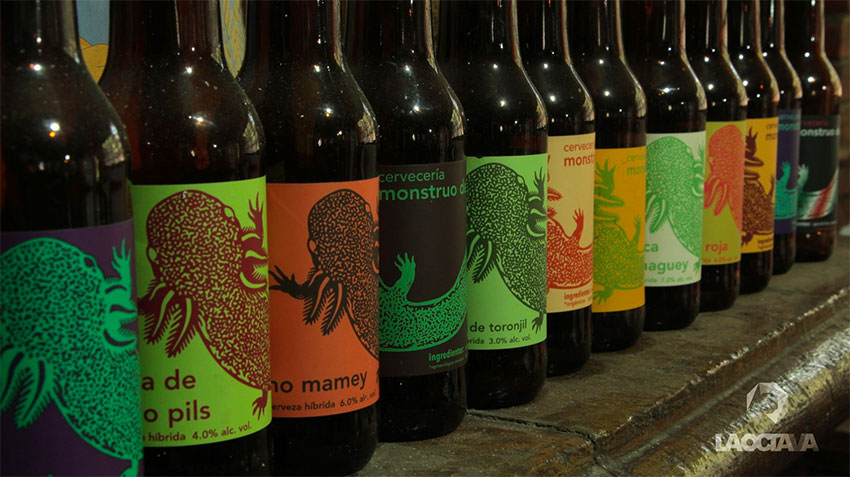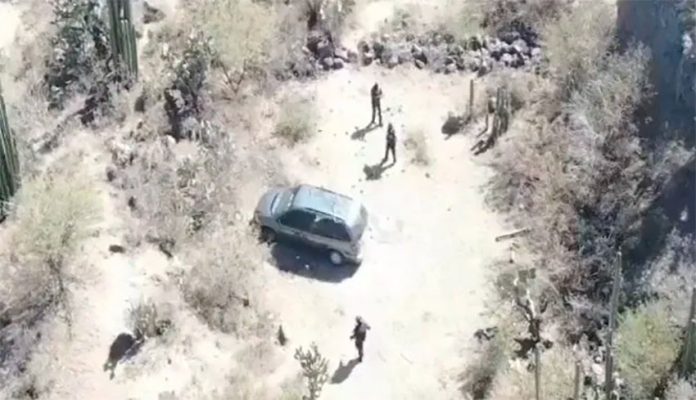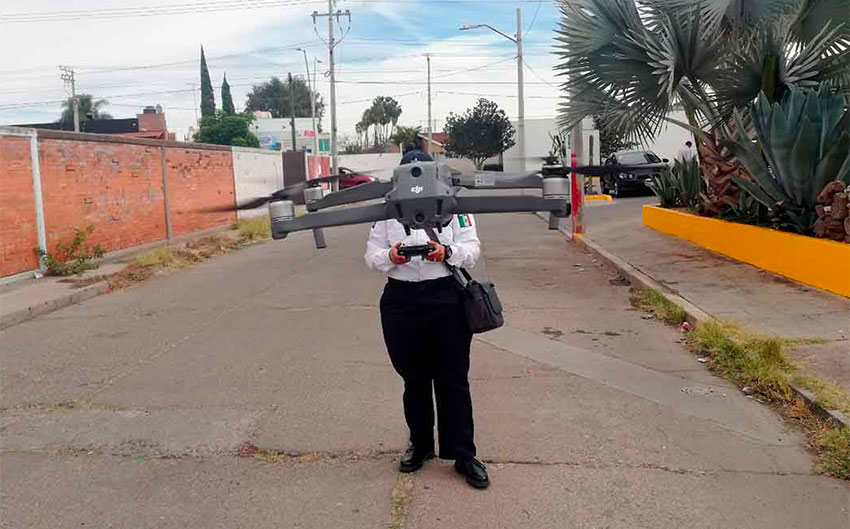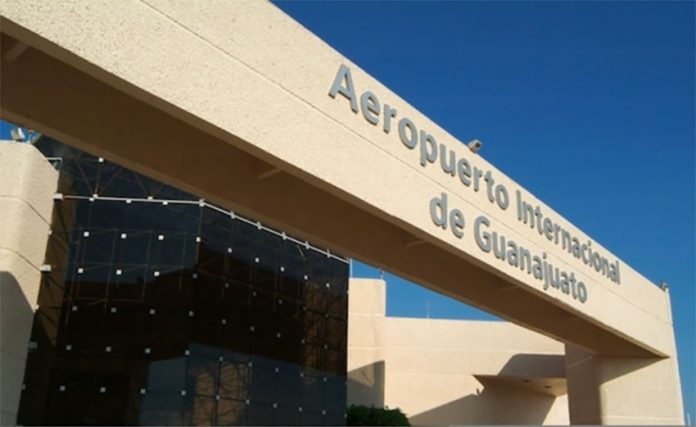United States authorities announced on Wednesday the discovery of the longest cross-border drug tunnel ever found, a 1.3-kilometer subterranean passageway between Tijuana, Baja California, and San Diego, California.
U.S. Customs and Border Protection (CBP) said in a statement that the discovery came after a “challenging” multi-year, inter-agency investigation that utilized technology capabilities, intelligence gathering, and community outreach. Mexican authorities also assisted the investigation, the agency said.
Approximately 1.7 meters high and 0.6 meters wide, the tunnel is on average 21 meters below ground. It includes an extensive rail/cart system, forced air ventilation, high voltage electrical cables and panels, an elevator at the tunnel entrance, and a complex drainage system, CBP said.
An investigation that began in the United States before crossing into Mexico led U.S. authorities to the entrance of the tunnel in an industrial area of Tijuana 800 meters west of the Otay Mesa port of entry, CBP said. The entry point is near the northeastern corner of the Tijuana airport and concealed by a small industrial building.
Named Baja Metro by border agents, the tunnel travels north into the United States, bending slightly west to extend an “astonishing” 1.23 kilometers from the border, CBP said. An offshoot of the main tunnel was found approximately 1 kilometer into the United States, the agency said, adding that it traveled several feet before coming to an end without breaching the surface.
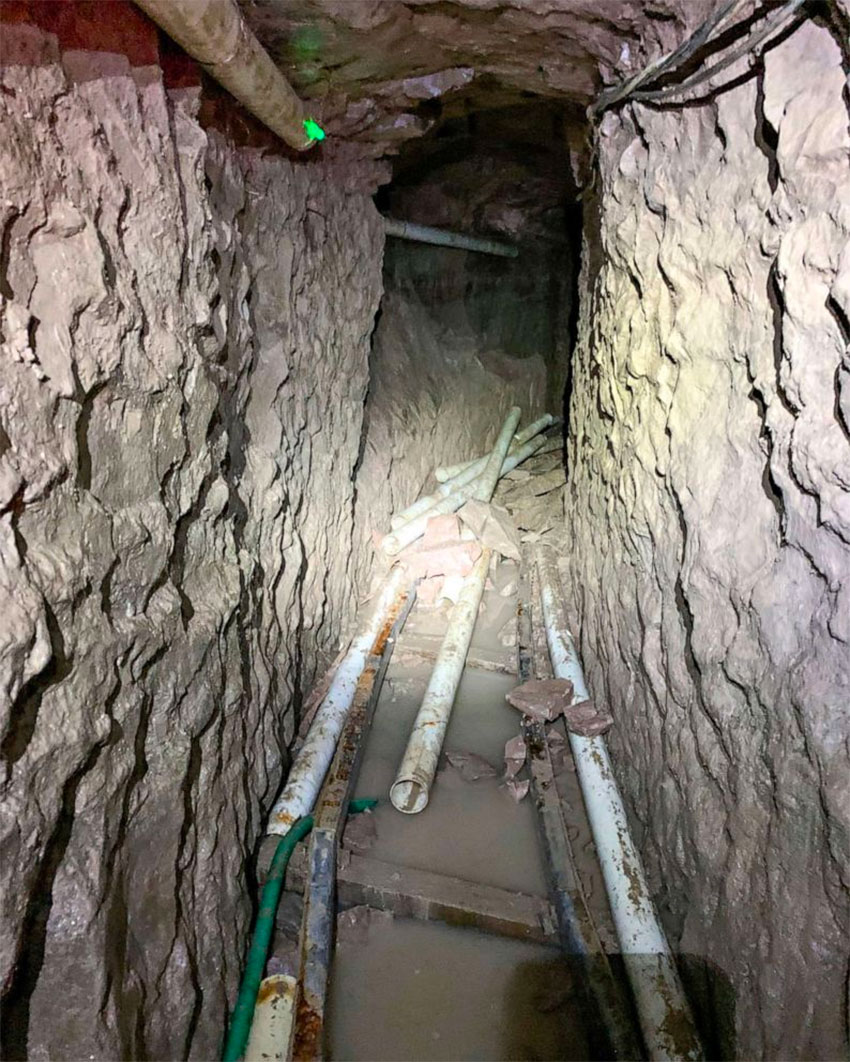
The main tunnel extended another city block to a point in the Otay Mesa warehouse district in San Diego County, where agents discovered hundreds of sand bags blocking the suspected former exit. CBP said that no arrests or drug seizures were made but authorities stressed that they believed that it was once active.
“At the time of the discovery [last August] the tunnel did not reach the surface into the United States, but evidence strongly suggests that the tunnel was previously operational,” said Deputy Chief Border Patrol Agent Aaron M. Heitke.
“. . .I am thrilled that this high level narco-tunnel has been discovered and will be rendered unusable for cross-border smuggling. I am proud of the tremendous efforts of the Tunnel Task Force and our agents.”
The total length of the tunnel is more than 400 meters longer than the one found between Tijuana and San Diego in 2014, the next longest.
“. . . The sophistication and length of this particular tunnel demonstrates the time-consuming efforts transnational criminal organizations will undertake to facilitate cross-border smuggling,” said Cardell T. Morant, Acting Special Agent in Charge of Homeland Security Investigations in San Diego.
Authorities declined to say which drug cartel they suspected of being responsible for the construction of the tunnel. It was also unclear when Baja Metro was built.
Drug Enforcement Administration (DEA) Special Agent in Charge John W. Callery said that the “sophistication” of the tunnel “demonstrates the determination and monetary resources of the cartels.”
“. . .although the cartels will continue to use their resources to try and breach our border, the DEA and our partners on the Tunnel Task Force will continue to use our resources to ensure they fail, that our border is secure, and that tunnels like this are shut down to stem the flow of deadly drugs entering the United States,” he said.
The latest discovery is the 72nd drug tunnel found in the San Diego area since 1993, border patrol agents said, noting that the clay soil is good for supporting such structures but not too hard to dig into.
Source: The Los Angeles Times (en)
